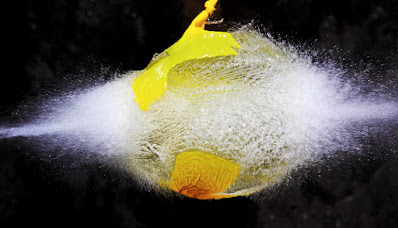SPACECRAFT TO PRACTICE NUDGING ASTEROIDS AWAY FROM US
NASA has provided the go-ahead for work to design a spacecraft that will test nudging an Earth-threatening asteroid from its menacing orbit.
The space agency's OK begins the initial design stage for DART, the Double Asteroid Redirection Test objective.
judi bola terbaik mengenal jenis ragam judi bola online
"DART is a crucial action in showing we can protect our planet from a future asteroid impact," says Andy Cheng. He is co-leader of the project at the Johns Hopkins College Used Physics Lab, which would certainly develop the spacecraft and manage the objective if it goes on."Since we have no idea that a lot about their interior framework or structure, we need to perform this experiment on a genuine asteroid," Cheng says. "With DART, we can demonstrate how to protect Planet from an asteroid strike with a kinetic impactor by knocking the dangerous item right into a various trip course that would certainly not endanger the planet."
DART's planned target is an asteroid movinged towards a far-off, safe approach to Planet in 2022 and another in 2024. The asteroid is called Didymos—Greek for "double"—because it is an asteroid binary system that is composed of 2 bodies: Didymos A, about a half-mile (780 meters) in dimension, and a smaller sized asteroid orbiting it called Didymos B, about 530 feet (160 meters) in dimension. DART would certainly impact just Didymos B.
The Didymos system has been closely examined since 2003. The primary body is a rough S-type item, with structure just like that of many asteroids. The structure of smaller sized Didymos B isn't known, but its dimension is typical of asteroids that could produce local impacts should they impact Planet.
After introduce, DART would certainly fly to Didymos and use an onboard self-governing targeting system to aim itself at Didymos B. The refrigerator-sized spacecraft would certainly strike the smaller sized body at approximately 3.7 miles each second, 9 times much faster compared to a bullet. Earth-based observatories would certainly watch the impact and track the resulting change in the Didymos B orbit about Didymos A, enabling researchers to better evaluate kinetic impact as an asteroid reduction strategy.


